'Desire paths' are the quick route to a happy, functional home – we tried them and it really works!
Happiness expert Gretchen Rubin recommended this 5-minute home hack to help chores get done quicker and we couldn't believe how well it works
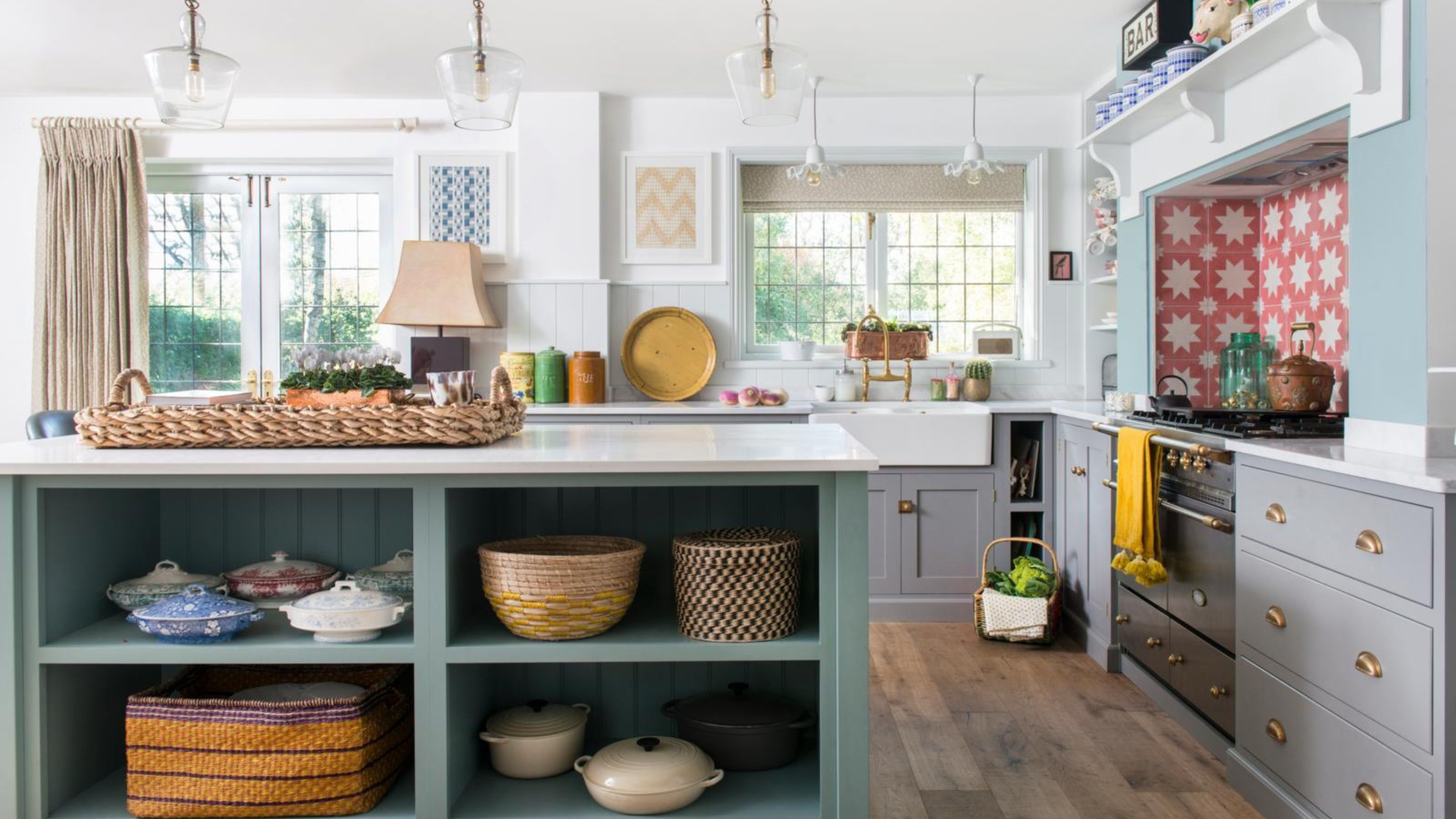


If you carry cleaning products up and down stairs to different rooms, always have to step across the kitchen to grab a spoon to stir your coffee, and can never find nail scissors when you need them, then you need to plot out ‘desire paths’ in your home.
Desire paths or desire lines, are basically the quickest route from A to B; a time-saving route map to make daily tasks easier and more efficient. It is a brilliant hack to understand when planning kitchen ideas or your bedroom storage ideas, which can help contribute to a happier home.
What are desire paths?
Not sure what we’re talking about? Happiness researcher and writer Gretchen Rubin gave this handy definition in her Happiness podcast. ‘A desire path is an unplanned path created by human or animal traffic, and it usually shows the most convenient route between one place and another,’ she explains.
‘A desire path often emerges when people take a shortcut between more deliberated created paths. You’re in a big public park with carefully manicured lawns and nice sidewalks, but there’s a worn dirt path where people have trampled away the grass because they’ve all taken the same shortcut to get to the street.
‘In fact, if possible, before putting in pathways, planners will wait to see where desire paths develop – say, by seeing where people have packed down the snow – and then they pave the actual paths to reflect people’s natural patterns.’
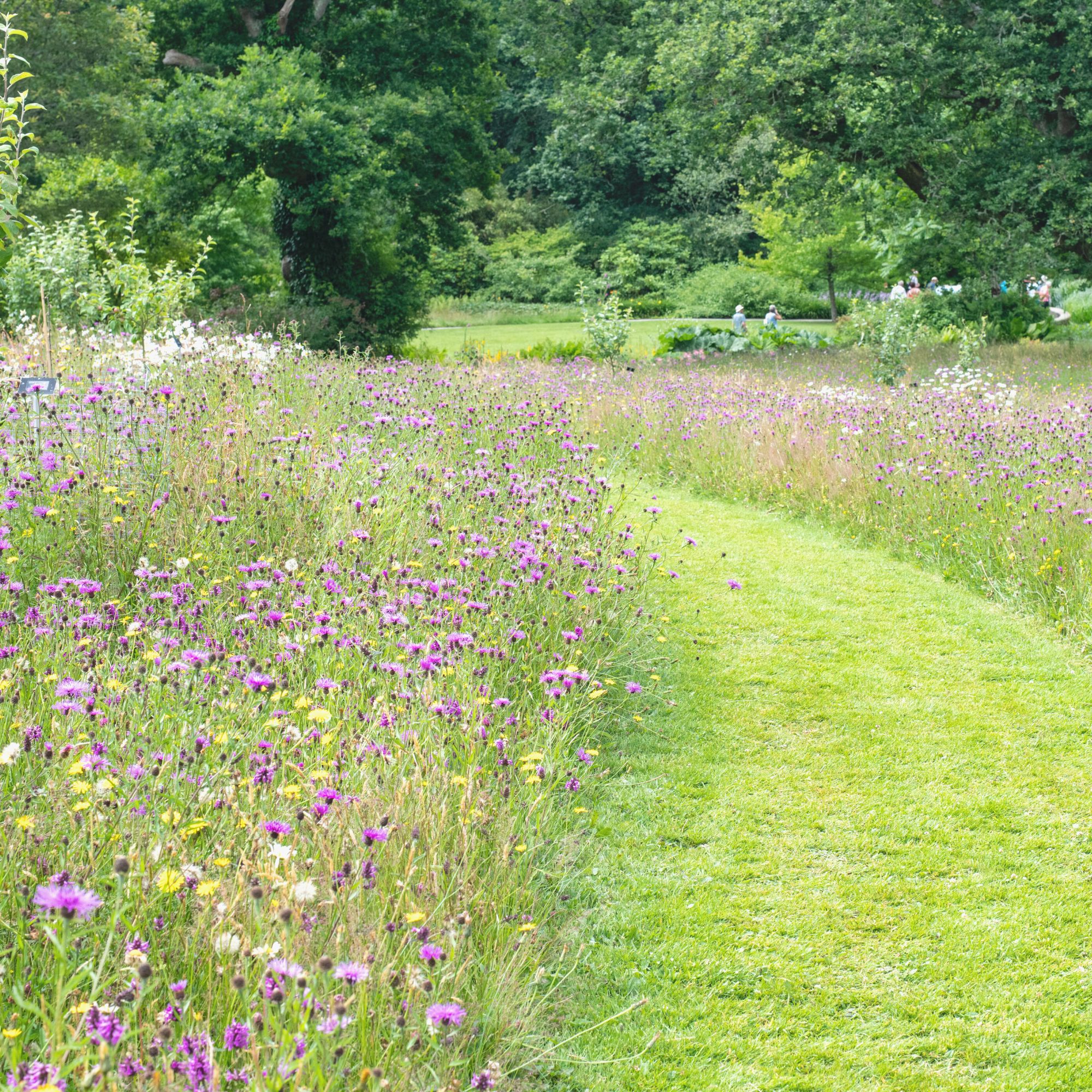
How to use desire paths at home
We all have desire paths at home, even if it’s the muddy route across the lawn from the back door to the kids’ trampoline. But by recognising them and making them formal, we can make our homes flow better, chores quicker and life just that bit easier. And isn’t that what we all desire?
‘I’ve thought about a version of desire paths in my own life,’ says Gretchen Rubin. ‘For instance, I try to pay attention if I’m often moving an item from one place to another, and if I am, try to figure out a way to store that item closer to wherever it’s actually needed.’
Get the Ideal Home Newsletter
Sign up to our newsletter for style and decor inspiration, house makeovers, project advice and more.
We asked interior experts how to plan desire paths into our home layouts and routines, and got the Ideal Home team to share their own desire path hacks.
Desire paths in the kitchen
‘When we design kitchens for our clients, we must be considerate of day-to-day functionality. Anticipating the natural desire paths within a space is critical when it comes to the smaller details,’ explains Melissa Klink, creative director at Harvey Jones kitchens.

‘Thinking about the route a client will take when they come in with a handful of shopping and children’s school bags to be plopped on the table, may require a curve at the end of a kitchen island instead of a sharper edge. These seemingly small considerations will make a big difference to the overall enjoyment and efficiency of the space.’
A desire path to the kettle can make your morning cuppa a precious moment instead of a scrabble to find cups, as Ideal Home’s editor-in-chief, Heather Young, has found. ‘I created a hot drinks station in my new kitchen – tea, coffee, sugar, mugs and teaspoons are all kept together, so you can make your drink of choice without multiple trips around the kitchen,’ she says.

Melissa Anne Klink has an extensive design background, with graduate degrees in Interior Design (as well as one in Fine Art and Psychology), plus a Master's Degree in Interior Architecture. At Harvey Jones, Melissa steers clients through the design process to create beautifully personalised kitchens.
Desire paths in the living room
‘By incorporating desire paths into your interior design, you can optimise flow and usability from room to room, ensuring that your space not only captivates aesthetically but also serves you functionally,’ says Sara Ripamonti, co-founder of Aflux Designs.
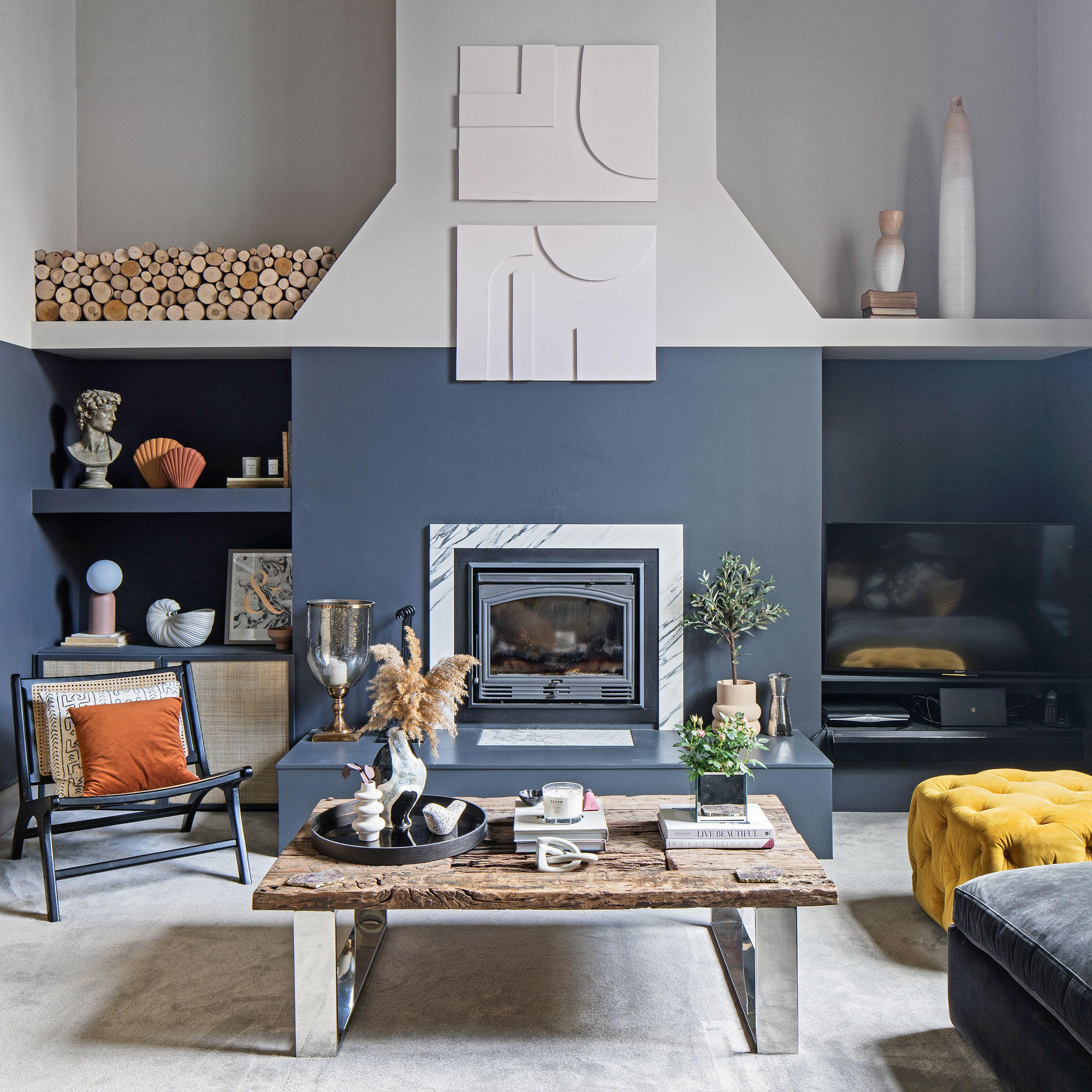
'In open-plan living in particular, each living room or zone needs to be individually designed, and yet be cohesive and easy to navigate between areas. Before planning the position of your furniture, it’s crucial to decide what path you will take as you move through the house to ensure that furniture isn’t blocking the most effective route.’
Just make sure that your living space doesn’t become a fast lane for traffic – we need a few obstacles to slow us down, according to interior stylist Abigail Ahern. ‘Make sure there’s a clear path between pieces but don’t arrange furniture so you can walk from one side of the room to another in a straight line,’ she says. ‘The aim is to make people weave a little. Subconsciously this activates the senses and stimulates the brain.’
Desire paths in the bedroom
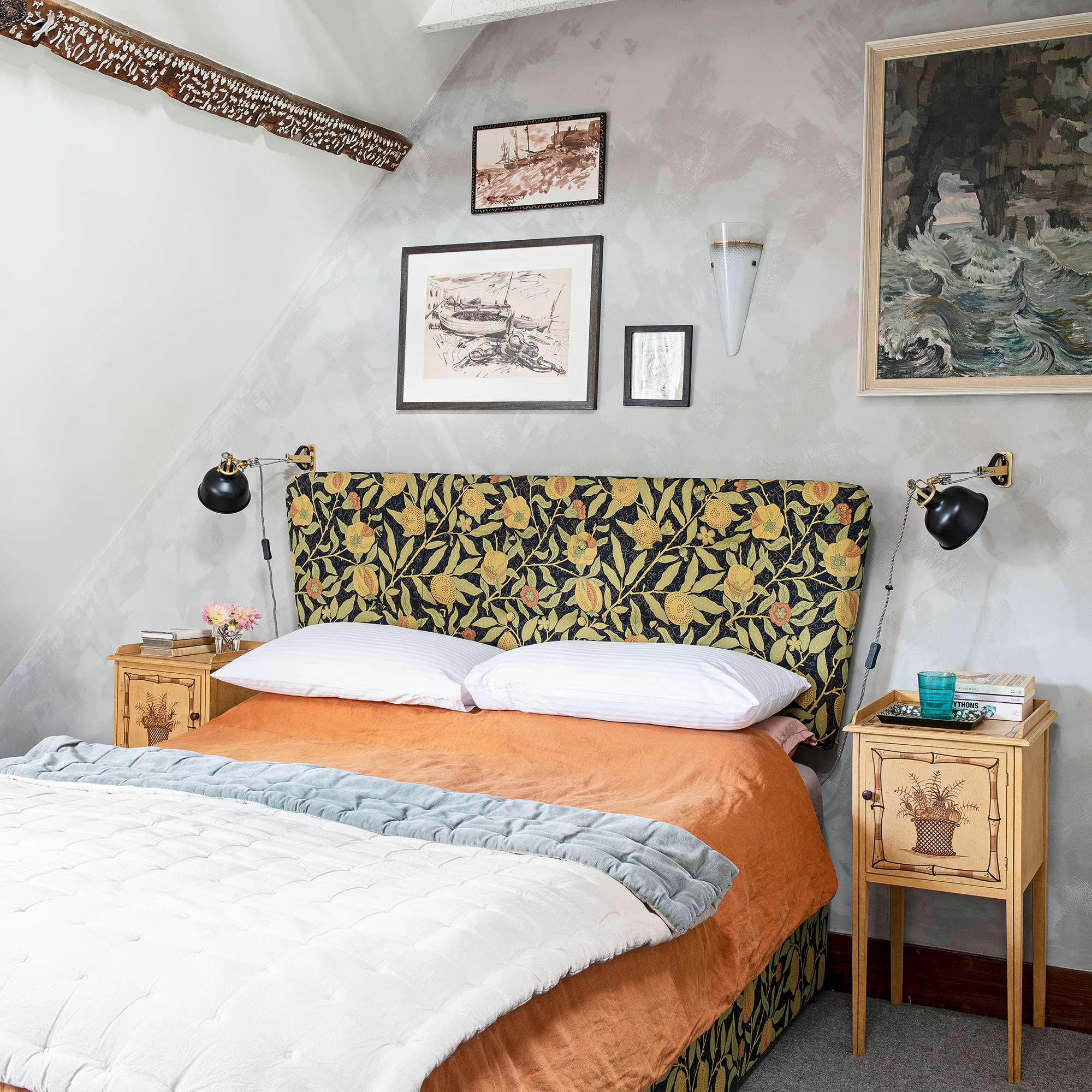
If your carpet is worn out from pacing between drawers, the wardrobe and baskets under the bed, then maybe it’s time to rethink your bedroom layout – and the paths between each piece.
‘I keep spare bedding in each room, rather than all in one place – so my son's bedding is stored in his room, for example. This was super useful when my children were toddlers and I had to do middle-of-the-night bedding changes,’ says Heather Young. ‘It meant I had to make one trip to his room and could change the bed immediately, instead of disturbing the whole house looking for clean sheets.’
Personally, I keep bedding in the relevant bedrooms – and wash all the linen on different days so it doesn’t get mixed up – as all the mattresses are different sizes. It means I have the correct sheets in the appropriate room, saving myself running up and down the stairs while I try to find a fitted sheet that actually fits.
‘Both me and my partner keep a stack of books on our bedside table,’ says Rebecca Knight, Deputy Digital Editor of Ideal Home. ‘We do have bookshelves in our living room, but we like to have our newest books within easy reach when we finish one book and start another.’
Desire paths in the bathroom
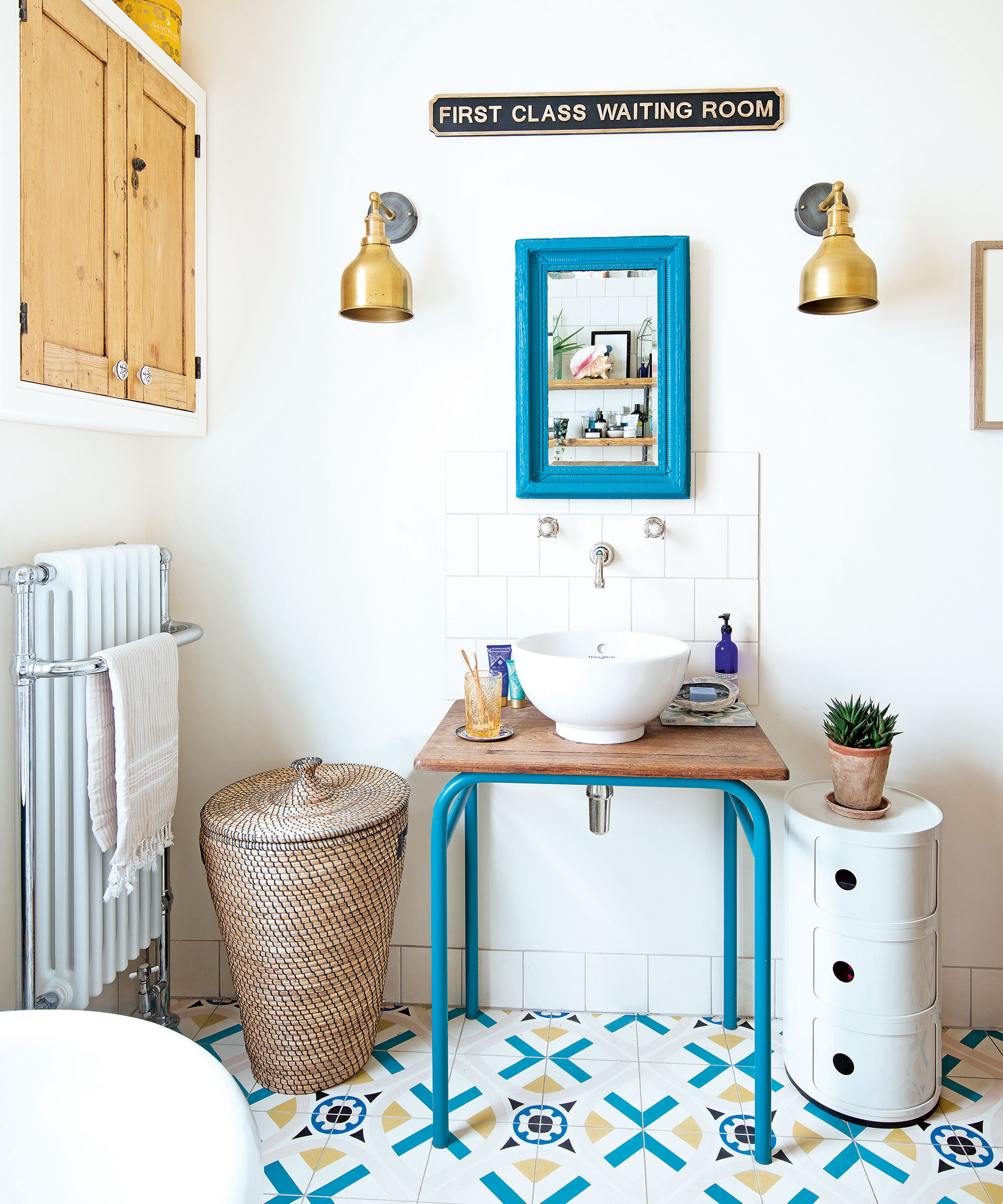
It may be one of the smallest rooms in the house, but desire paths can still make your bathroom feel more organised. ‘I have an extra laundry basket in the bathroom for clothes you kick off before a bath,’ says Ideal Home content writer, Kayleigh Dray.
Therapist and author of How to Keep House While Drowning, KC Davis, created a desire path between her laundry room and her ensuite bathroom next door to it, instead of traipsing between her kids’ rooms.
‘I took all the clothes out of my kids’ closets because I realised it was so stupid for me to be dressing three people and moving to three different locations to do that,’ she told podcaster Mel Robbins.
‘I moved everyone’s clothes into the closest off the main ensuite, so I could go to one place with my small children, undress everyone so all the dirty clothes are in one place, dress everyone because our clothes are already there, and stop folding clothes. I got a bunch of baskets and organised them. Now when clothes come out of the dryer, I sit and it’s like I’m throwing cards, “shorts, shorts, shirts”. Now I’m not stressed because I can find what I’m looking for.’
Desire paths in the hallway
Keeping outdoor clothing in a hallway makes sense if you have the space, but you can apply the shortest route from A to B to bigger trips out of the house, too.
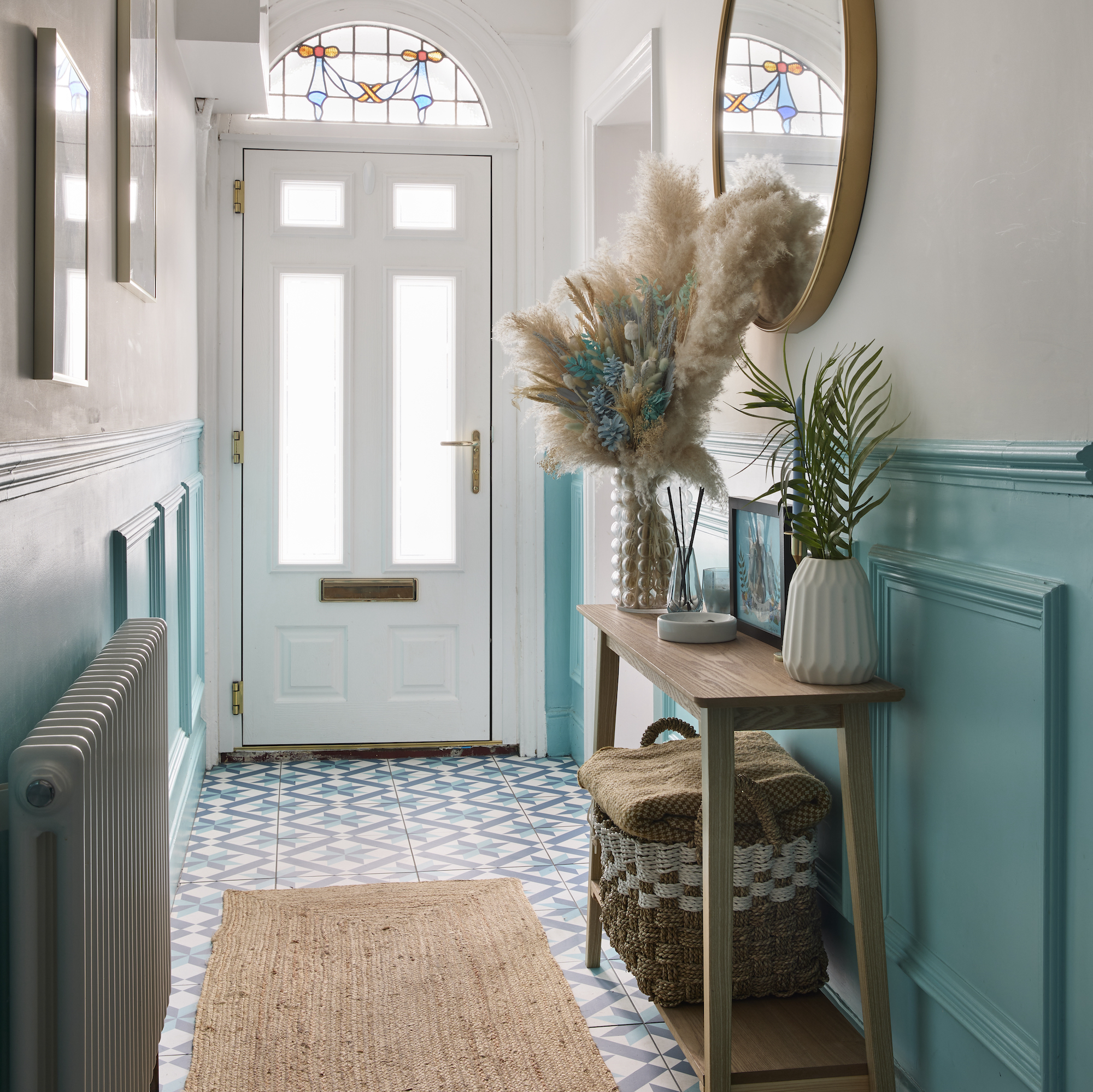
‘I have an oversized scarf that I always pack in my carry-on bag when I fly, because I get so cold on aeroplane,’ said Gretchen Rubin in her podcast. ‘For years, I kept this scarf with the hats, scarves and mittens in our coat closet. But then I always had to remember to go get it when I was travelling anywhere. Finally, it dawned on me. I never use this scarf when I’m at home. I only use it on aeroplane trips. So now I keep it with my travel stuff, not my outdoor gear. And I spend a lot less time fetching and carrying it, and even better, I now never forget to stick it in my travel bag.
Ideal Home’s Assistant Editor, Thea Babbington-Stitt, does something similar. ‘I keep my packing cubes, laundry bags and foldable luggage inside my suitcase so they're ready to go, as well as things I only need when travelling, such as stay-cool towels and my waterproof phone case,’ she says.
The takeaway: as we go through our days, we can look for desire paths – the natural paths that emerge to make life easier – and make them part of our everyday lives. It’s as simple as following your home’s desire…

Andrea began her journalism career at Ideal Home and is currently Editor of our sister title, Country Homes & Interiors, which celebrates modern country style. Andrea is passionate about colour and how it can transform both our homes and our sense of wellbeing, and has completed The Power of Colour course with the prestigious KLC School of Design. Andrea's career spans interiors magazines, women's lifestyle titles and newspapers. After her first job at Ideal Home, she moved on to women's magazines, Options and Frank. From there it was on to the launch of Red magazine, where she stayed for 10 years and became Assistant Editor. She then shifted into freelancing, and spent 14 years writing for everyone from The Telegraph to The Sunday Times, Livingetc, Stylist and Woman & Home. She was then offered the job as Editor of Country Homes & Interiors, and now combines that role with writing for idealhome.co.uk.
-
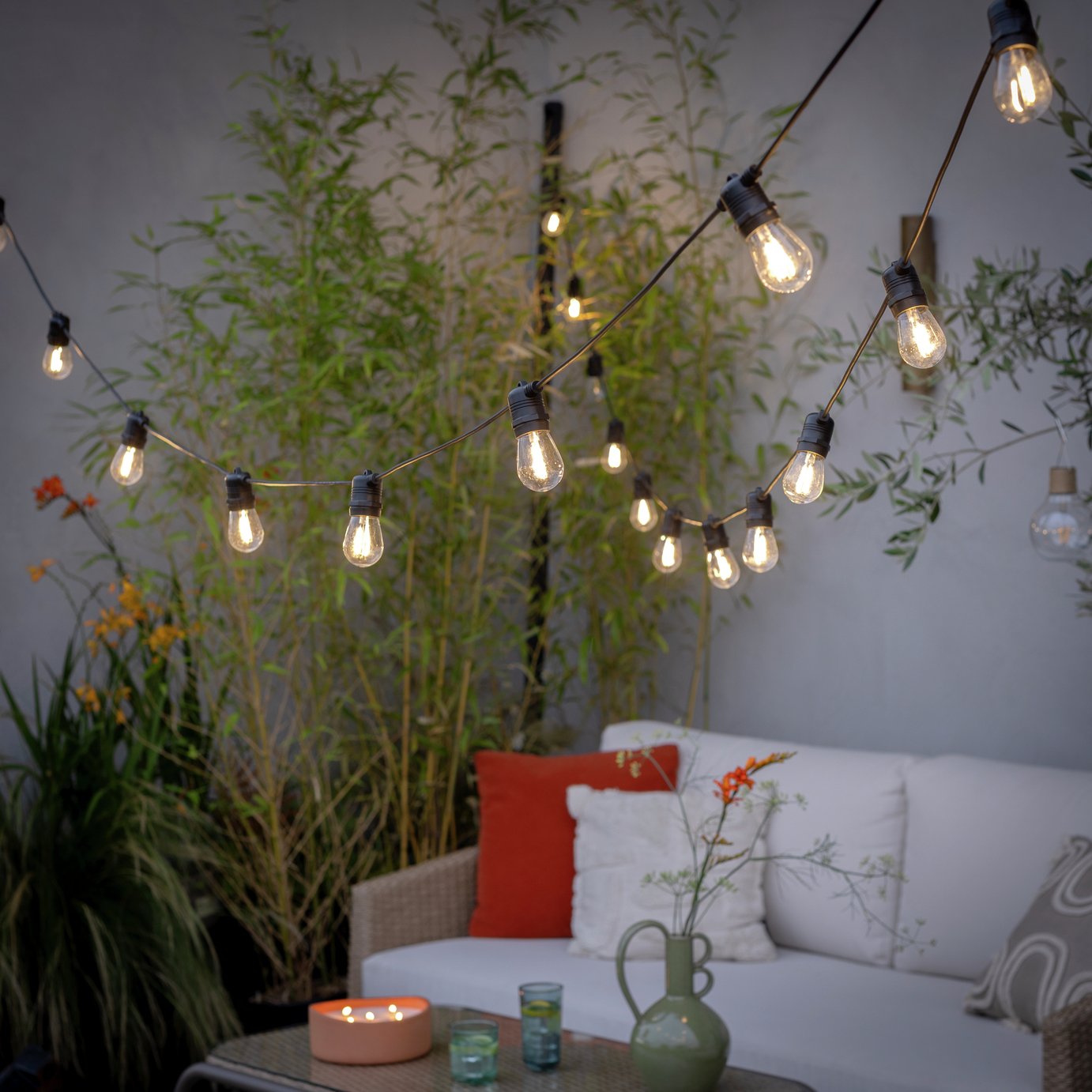 The 6 outdoor lights from Habitat that I'm choosing between to make my outdoor space look more expensive this summer
The 6 outdoor lights from Habitat that I'm choosing between to make my outdoor space look more expensive this summerI couldn’t believe some of the prices
By Ellis Cochrane
-
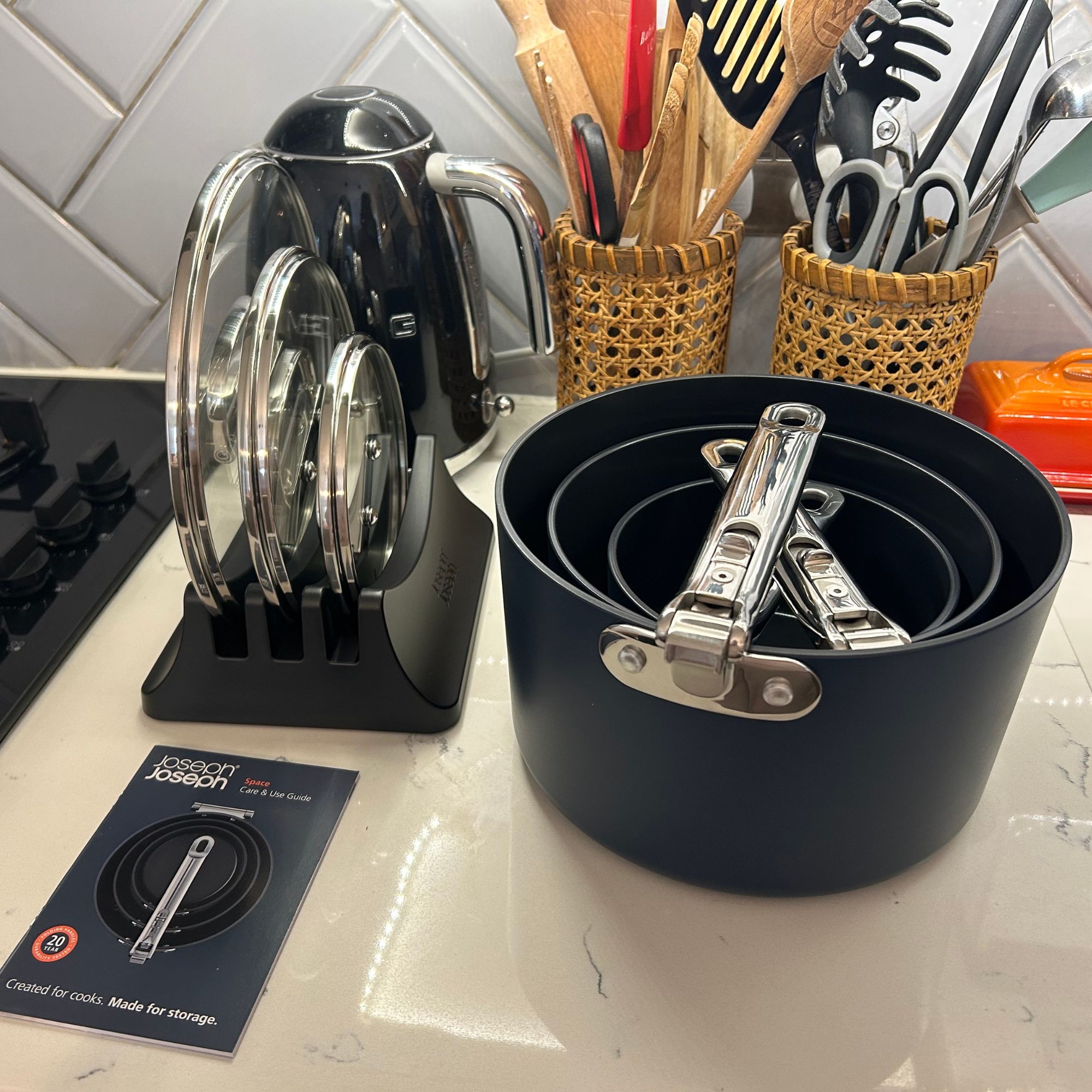 Joseph Joseph 3-piece Saucepan review – seriously space-saving
Joseph Joseph 3-piece Saucepan review – seriously space-savingSmall kitchen? I tested this innovative Joseph Joseph space-savvy set which has foldable handles — and I loved it
By Annie Collyer
-
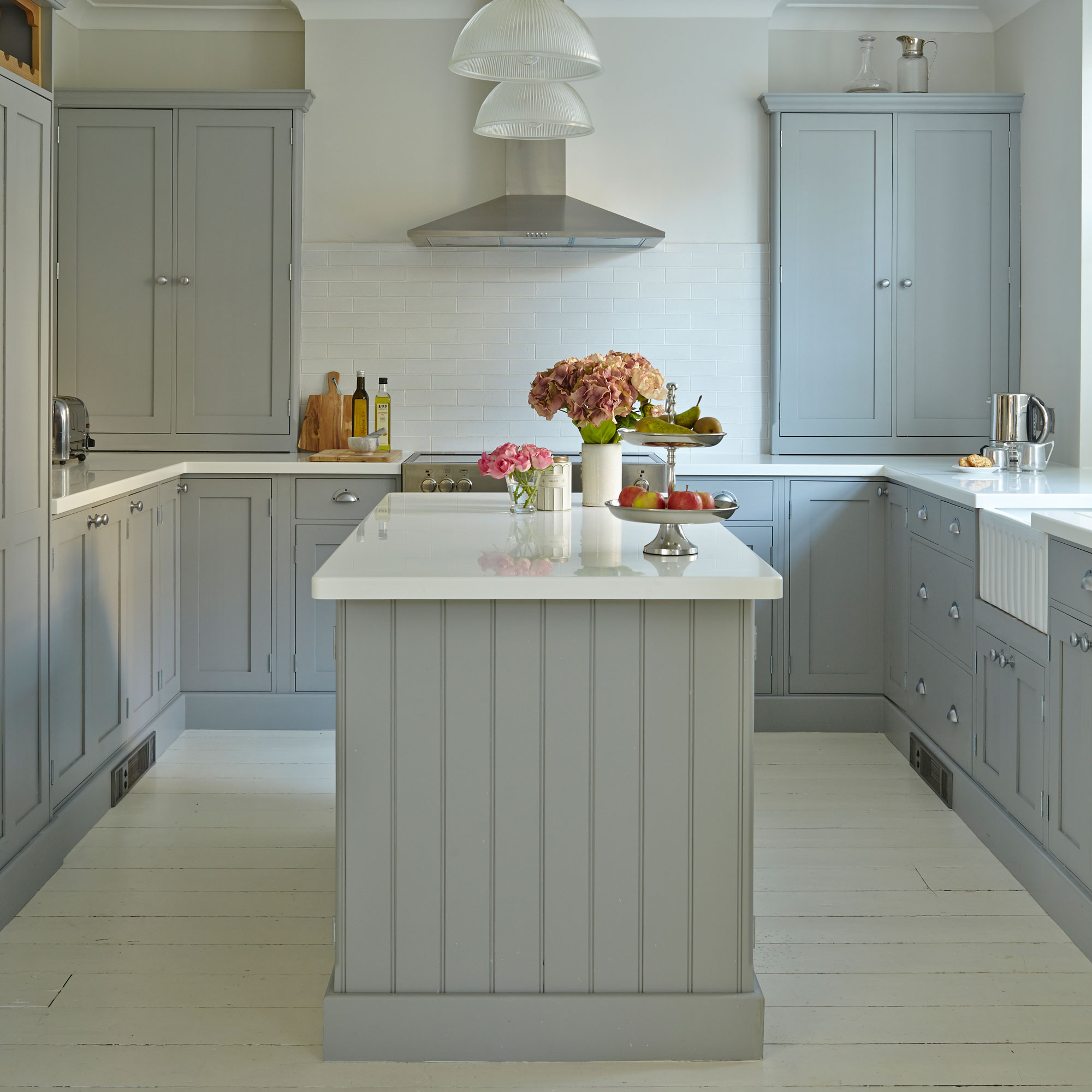 Forget seating, this is how you should be making the most out of your kitchen island in 2025
Forget seating, this is how you should be making the most out of your kitchen island in 2025Seating doesn't always have to be a necessity on an island when you can choose these ideas instead
By Holly Cockburn
-
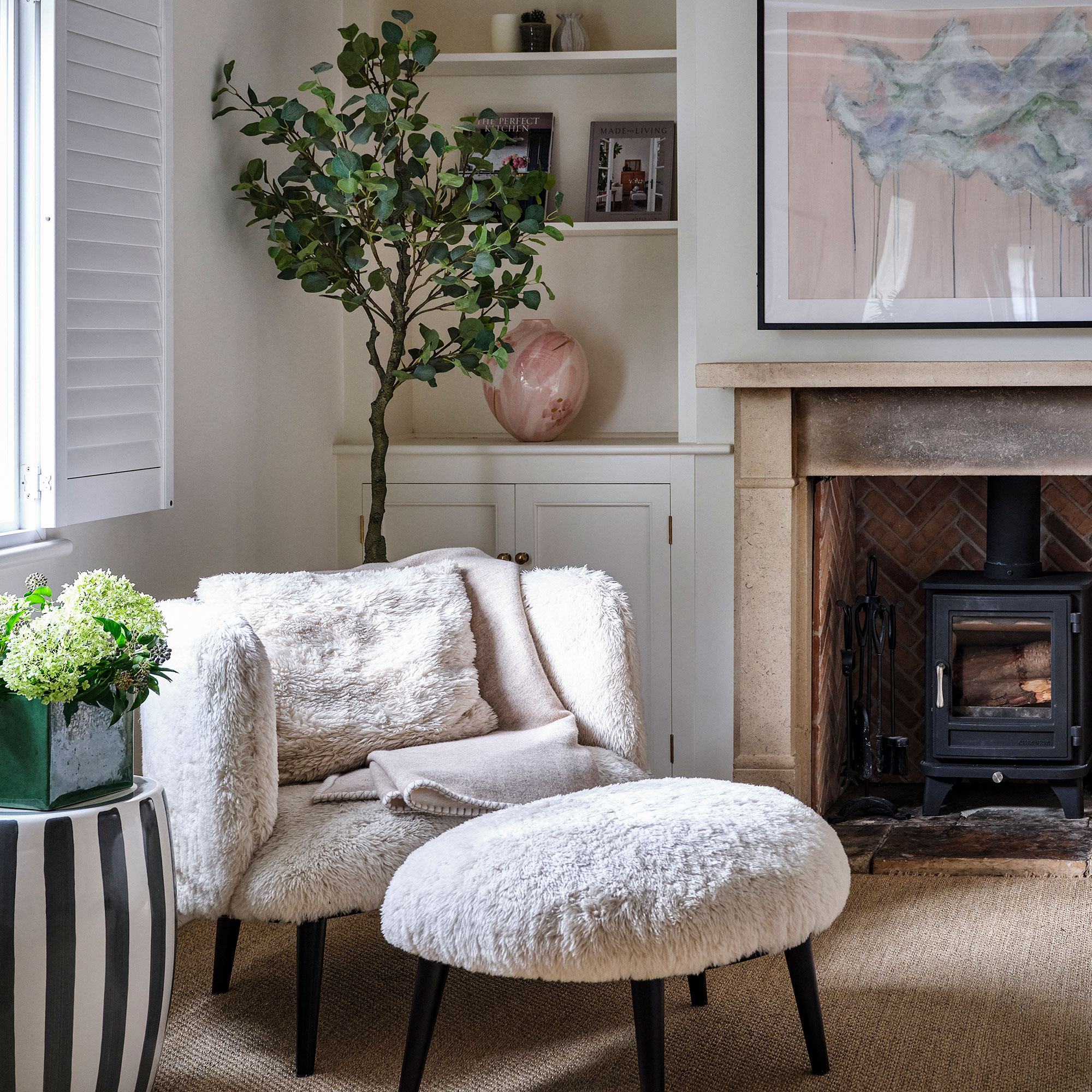 Hygge living room ideas — 6 ways to warm up your home with this Danish concept and cosy aesthetic
Hygge living room ideas — 6 ways to warm up your home with this Danish concept and cosy aestheticHunker down until summer finally arrives with these warming ideas
By Rebecca Knight
-
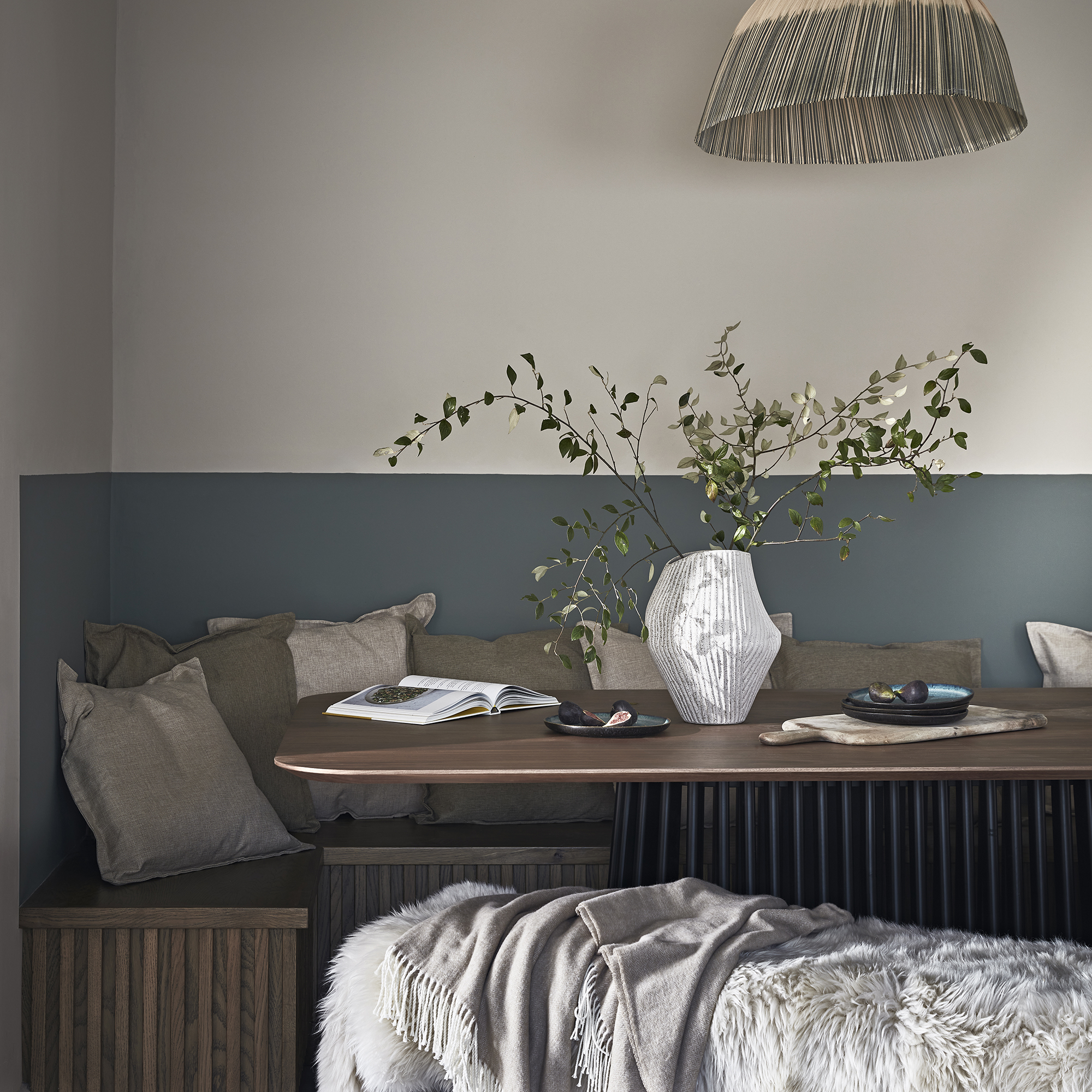
 How to create a sensory home – interiors experts reveal 5 easy ways to style your home and soothe your mind
How to create a sensory home – interiors experts reveal 5 easy ways to style your home and soothe your mindYou can turn any space into a sanctuary by following these simple steps
By Maddie Balcombe
-
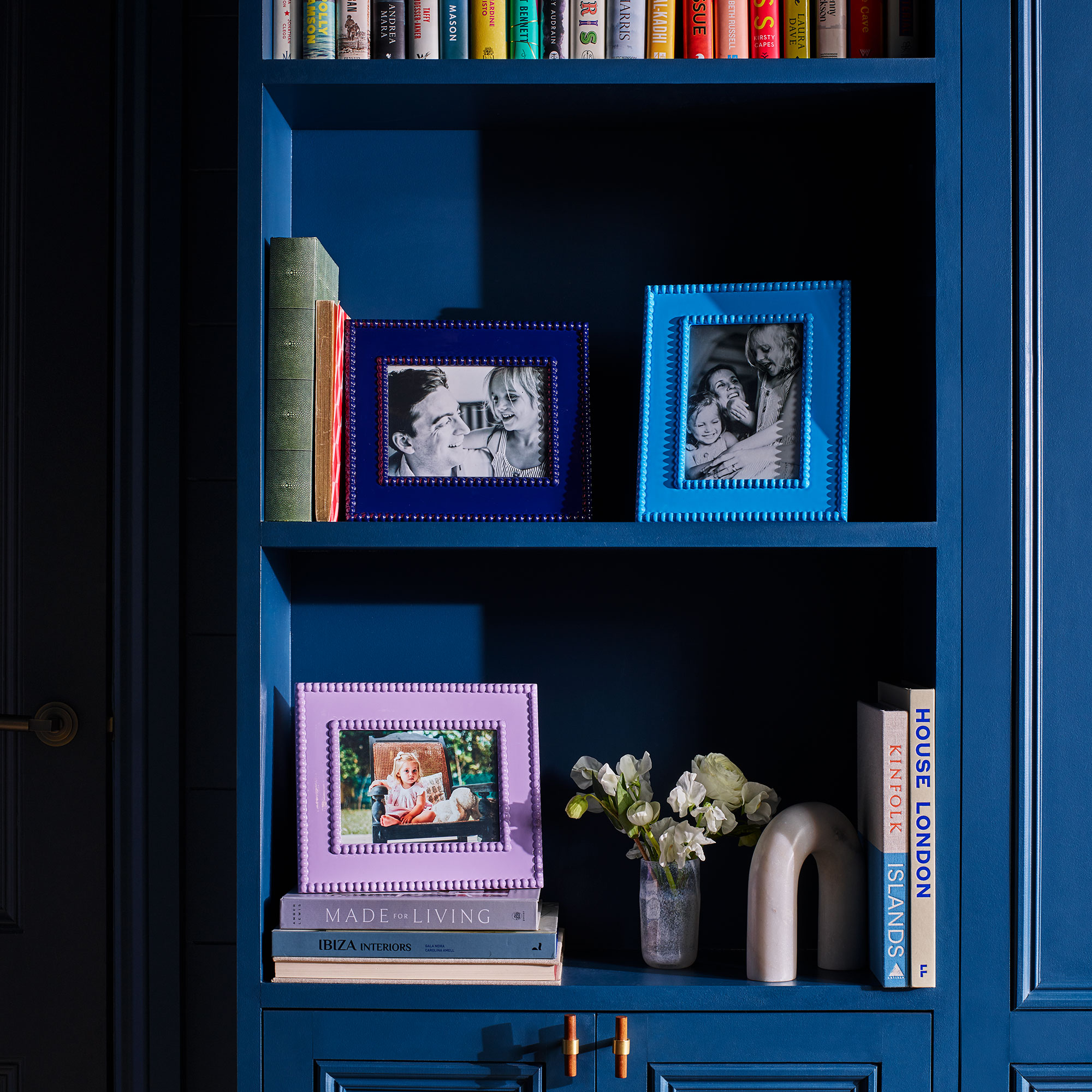
 Can displaying family photos at home make you happier? According to research it can — 5 ways to do it in style
Can displaying family photos at home make you happier? According to research it can — 5 ways to do it in styleHarness the mood-boosting power of looking through old photos by displaying your favourites
By Rebecca Knight
-
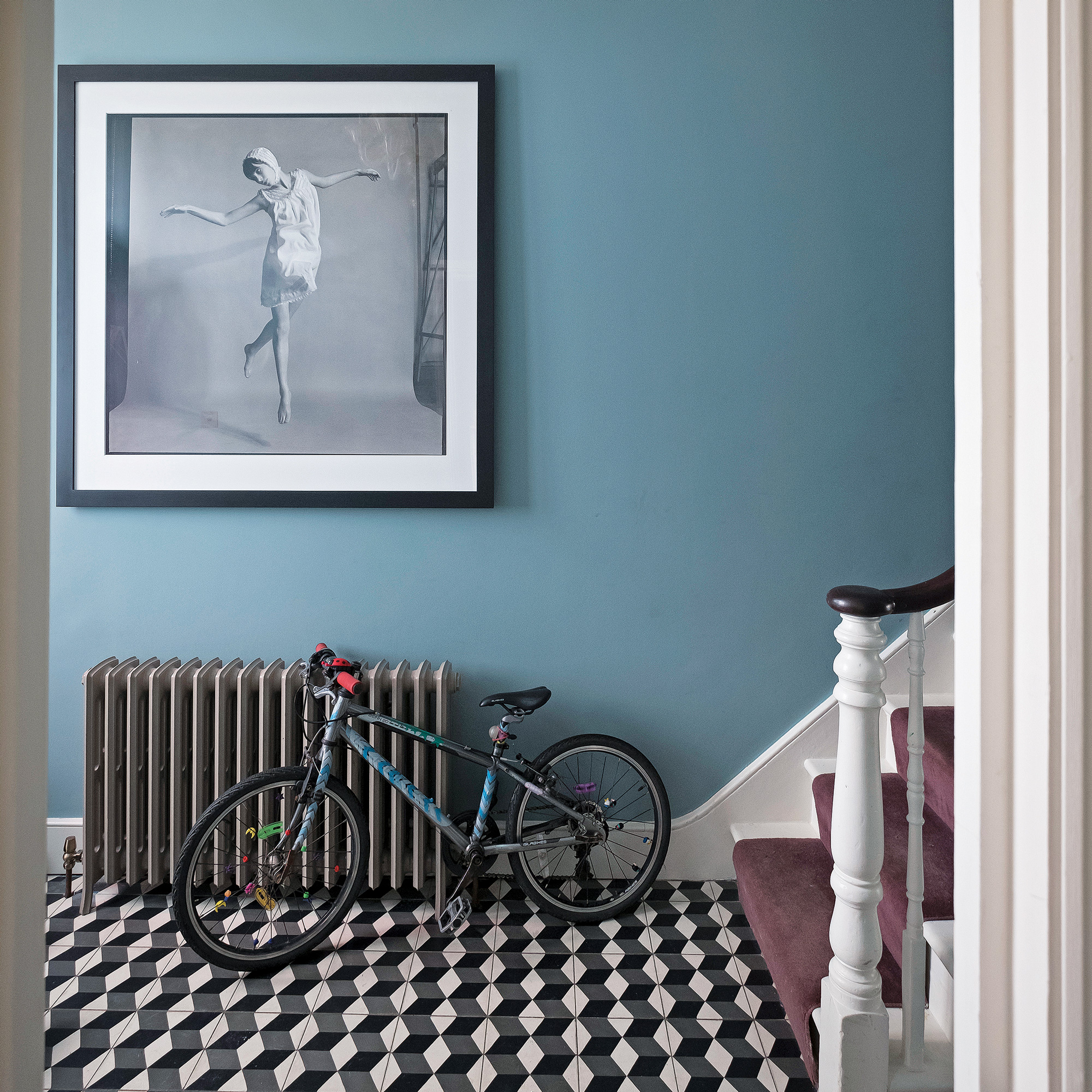 How to make a hallway smell incredible without candles - 7 ways to gently fragrance your entranceway
How to make a hallway smell incredible without candles - 7 ways to gently fragrance your entrancewayGo flame-free to safely scent your entryway
By Vanessa Richmond
-
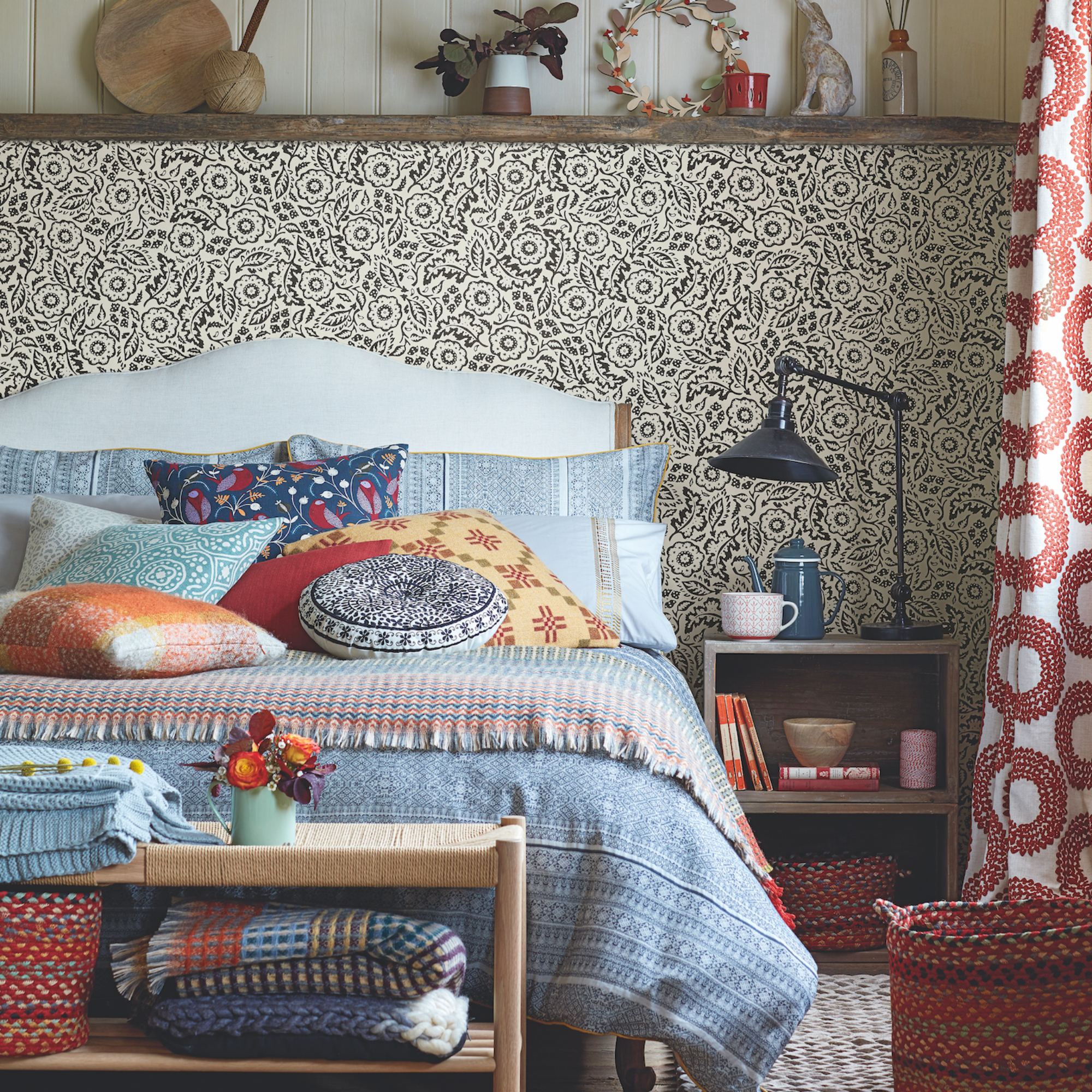 6 ways I brighten my home in January when the Christmas decorations come down, as an interior stylist
6 ways I brighten my home in January when the Christmas decorations come down, as an interior stylistHelp banish the winter gloom with these uplifting ideas
By Laurie Davidson
-
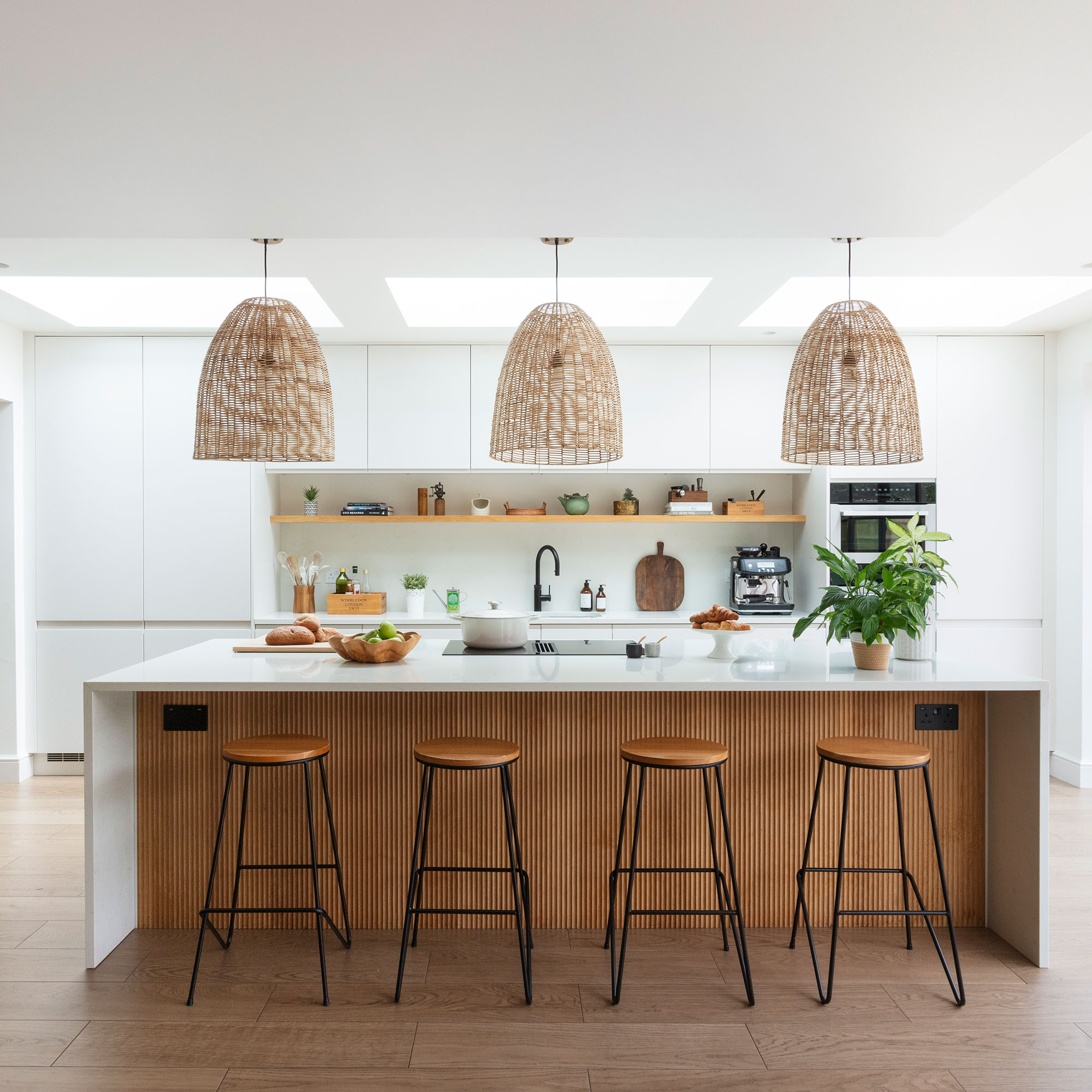 Kitchen hacks to encourage healthy eating habits — 7 ways your kitchen can support healthy living
Kitchen hacks to encourage healthy eating habits — 7 ways your kitchen can support healthy livingMake creating healthy changes easy by following these tips
By Eilidh Williams
-
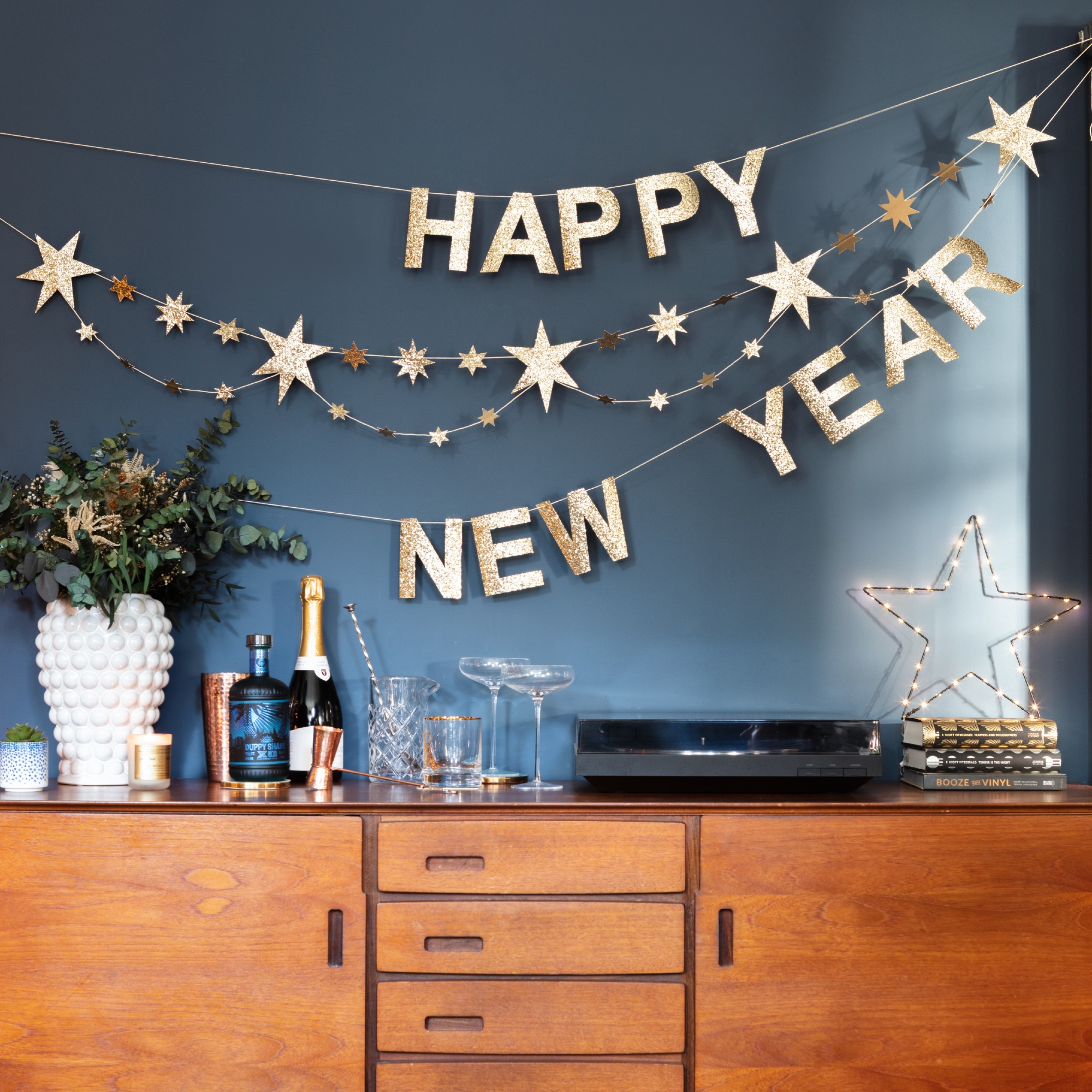 How to reset your home after Christmas to restore a sense of calm
How to reset your home after Christmas to restore a sense of calmFollow these 7 steps to get back to normal at home and beat post-Christmas blues
By Eilidh Williams
-
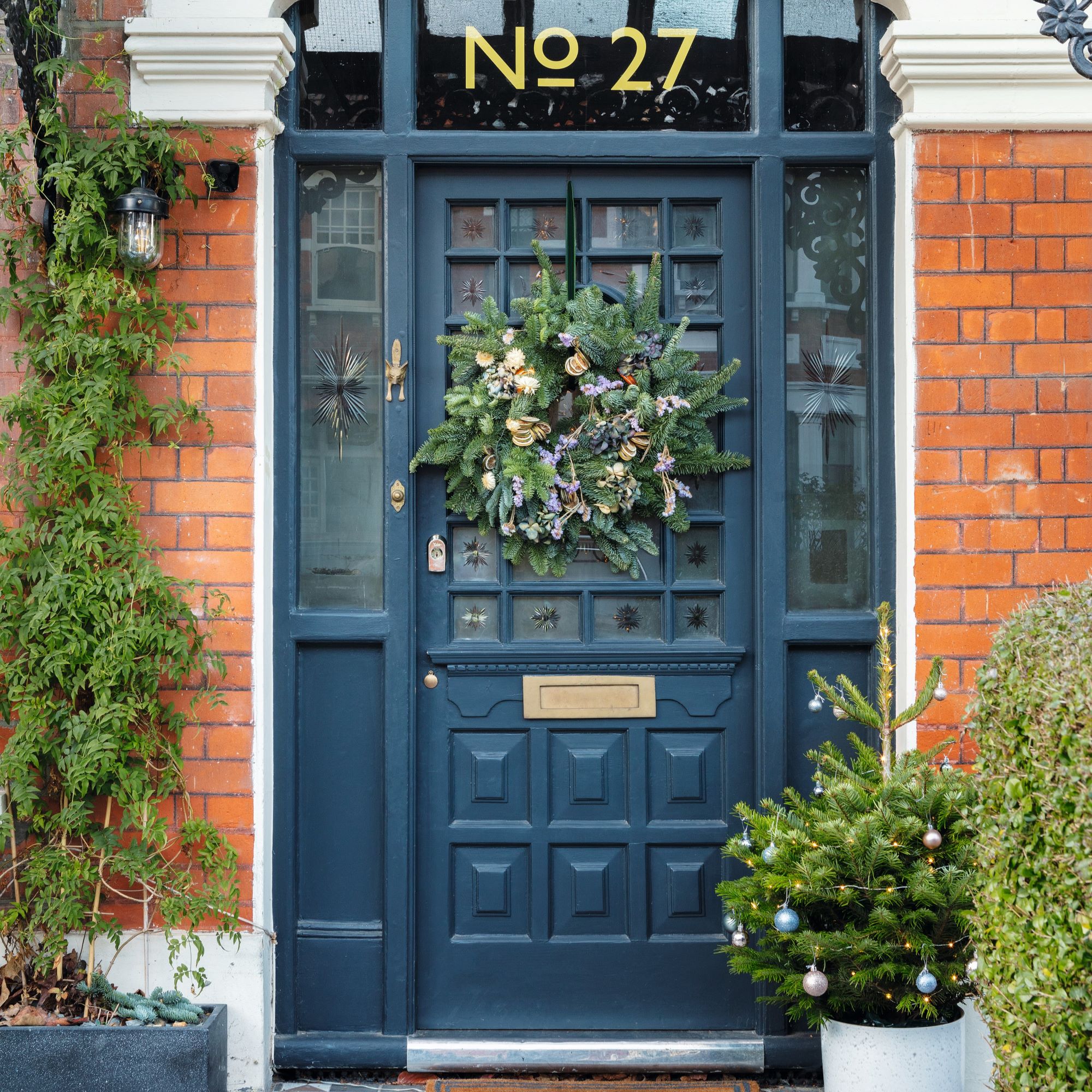 How to make a house look more inviting - 8 ways to quickly boost your house’s appeal in time for Christmas
How to make a house look more inviting - 8 ways to quickly boost your house’s appeal in time for ChristmasMake visitors feel welcome from the second they step foot on your property
By Vanessa Richmond